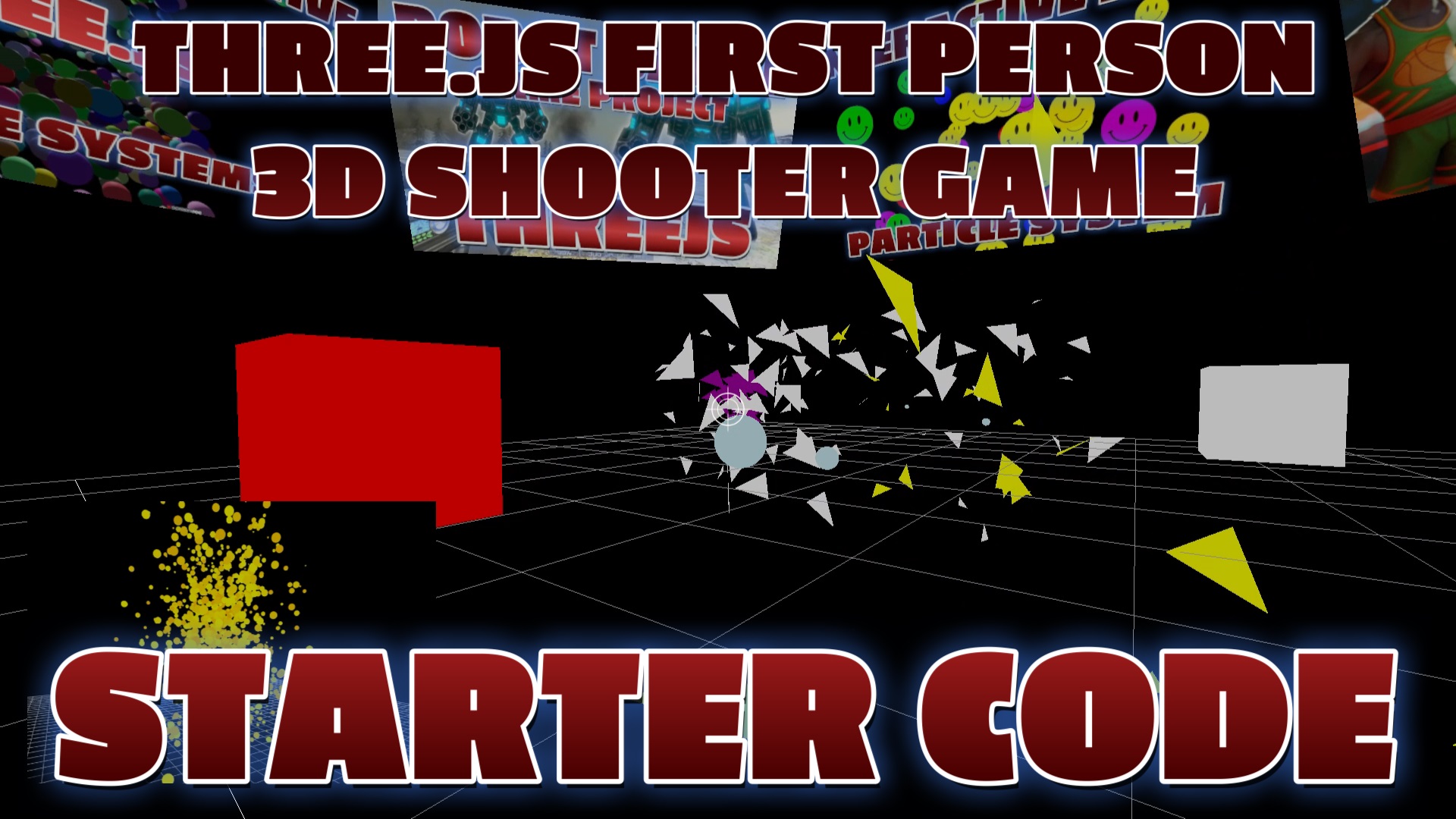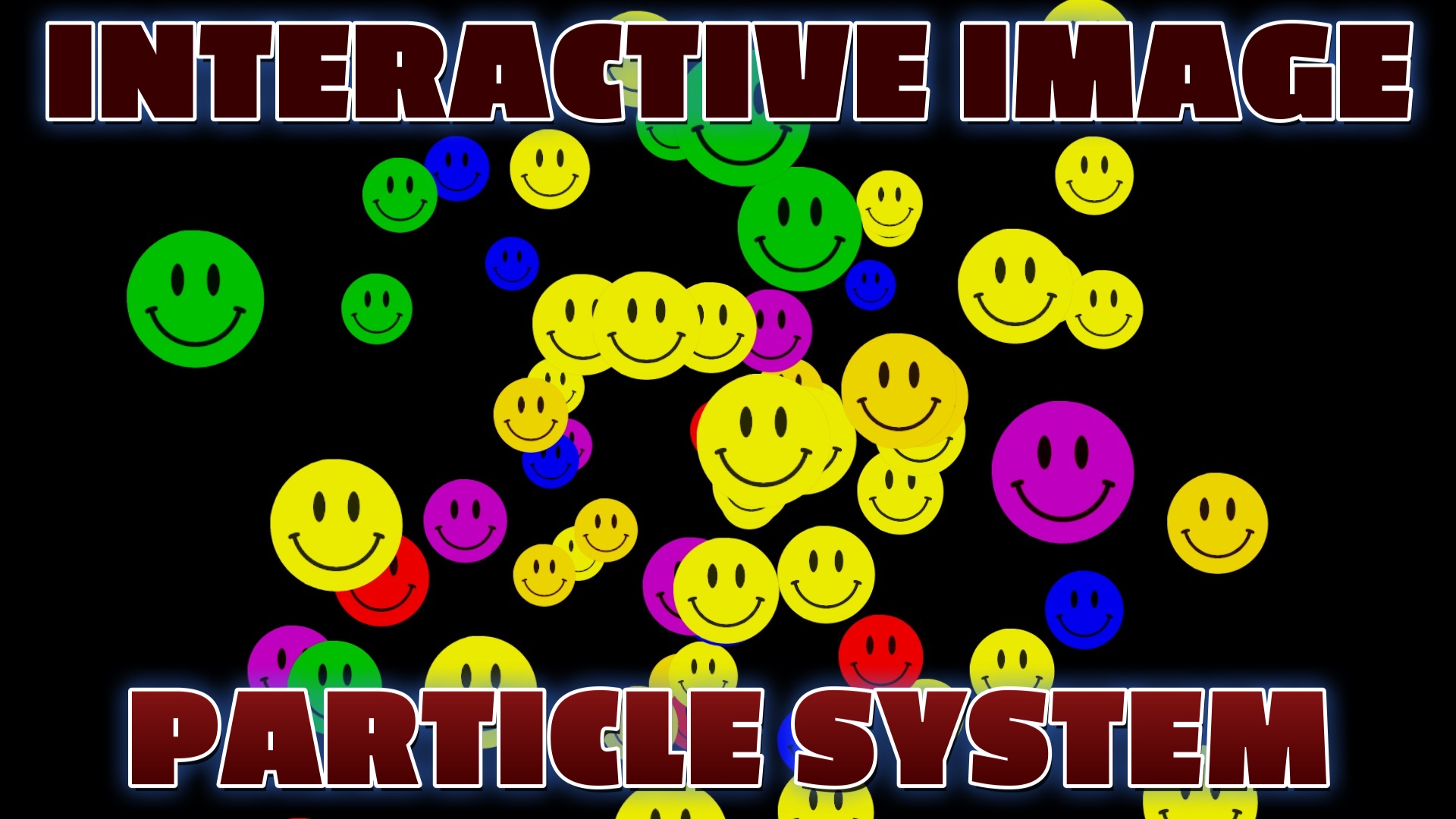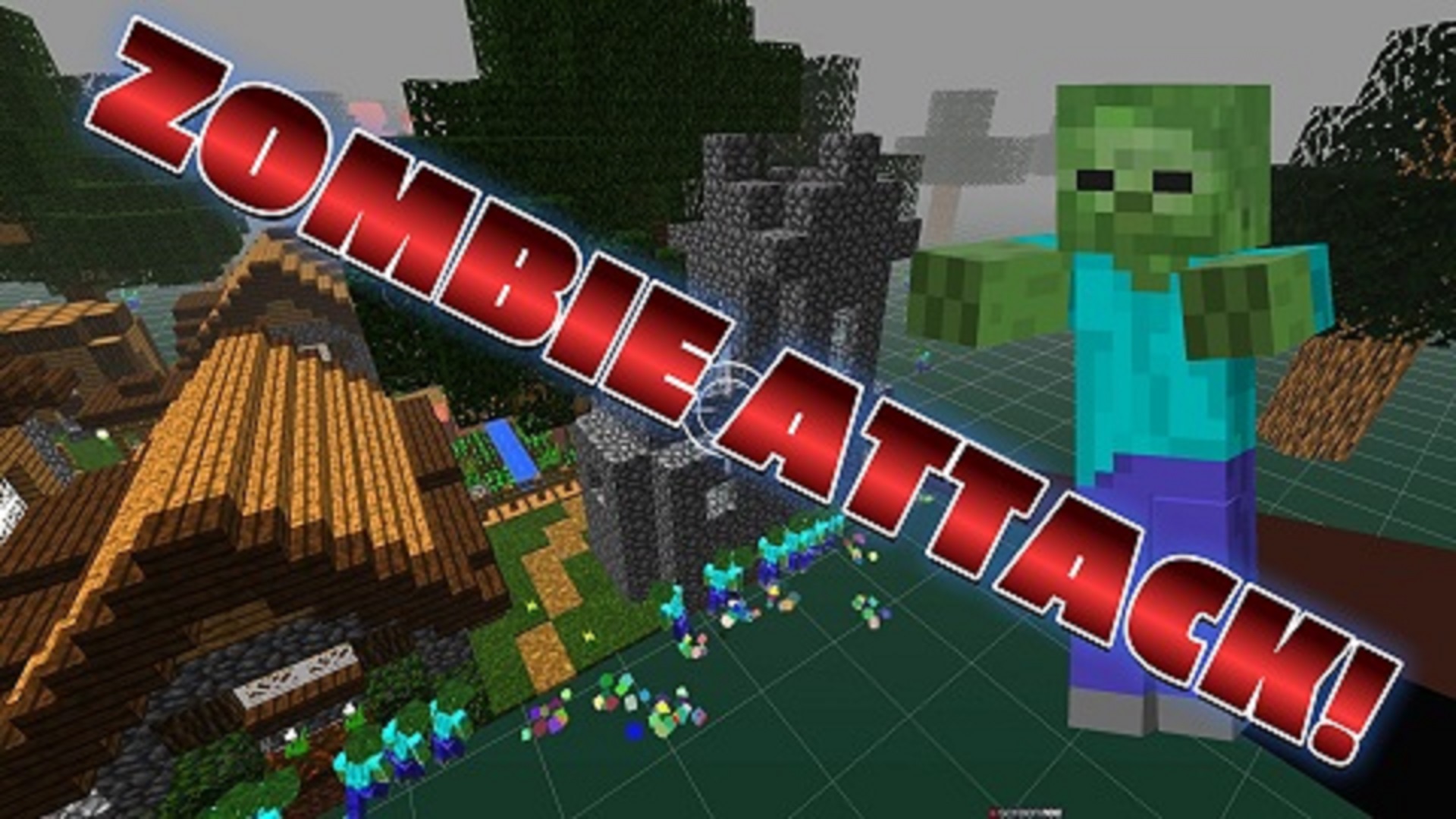Example Code & Demo
Published on
Introduction
Three.js, a powerful JavaScript library, has revolutionized the world of web development by bringing 3D graphics and animations to the browser. One exciting application of Three.js is creating interactive particle systems that respond to audio sound, offering a captivating user experience. This innovative approach combines the visual allure of particle effects with the dynamic responsiveness of audio data, resulting in a mesmerizing display that enhances website engagement.
Interactive Audio Sound and Particle Interaction
At the heart of this interaction lies the AudioAnalyser feature provided by Three.js. By integrating this functionality, developers can extract audio frequency data from sound files and transform it into meaningful information. The AudioAnalyser analyzes the frequency spectrum and calculates the average frequency, enabling the particle system to react to changes in audio dynamics.
As the audio plays, the particle system responds in real-time to the detected frequencies. Developers can map the average frequency to control various aspects of the particle system, such as size, color, or movement speed. For instance, higher frequencies may trigger faster and more vibrant particle animations, while lower frequencies could initiate slower and calmer effects. By manipulating these parameters, the particle system dances harmoniously with the audio, creating an immersive experience for users.
Enhancing Website Engagement with Audio-Driven Particle Systems
The audio-driven particle system can be used creatively across diverse web applications. In gaming websites, it adds a new layer of interactivity, syncing visual effects with the game's background music or sound effects. E-commerce platforms can utilize this feature to captivate users, using particle animations to highlight special deals or product attributes while responding to the accompanying audio cues. Additionally, entertainment and media websites can use it to accompany video or audio content, further immersing users in the overall experience.
Conclusion
In conclusion, Three.js empowers web developers to integrate audio-responsive particle systems that elevate website engagement to a whole new level. By leveraging the AudioAnalyser to detect and map audio frequencies, developers can create visually stunning and interactive experiences that resonate with users. This dynamic interplay between sound and particles unlocks endless possibilities for enhancing web engagement and enriching user interactions. So, whether you're building games, e-commerce platforms, or media websites, the combination of Three.js and audio-driven particle systems is a surefire way to captivate and leave a lasting impression on your audience.
Recent Blog Posts & Updates
- Date - - Threejs
- Date - - Using Threejs To Develop Online 3D Browser Games
- Date - - Using Threejs Pointer Lock Controls For Online 3D Games
- Date - - The Advantages Of Creating 3D Interactive Menus And Websites Using Threejs
- Date - - Threejs Examples Exploring Interactive Visual Particle Systems
- Subscribe To My RSS Feed For Live Updates
- More Examples and Tutorials


